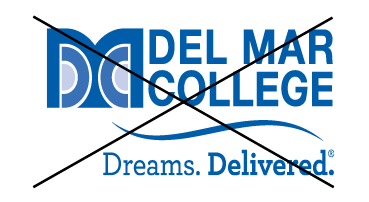
What is Highlevel Pricing?
highlevel pricing is a way of setting the monetary value of a product or service that takes into account several different factors. It involves analyzing demand, supply, competition and other economic concepts to come up with an optimal price for a good or service. Highlevel pricing differs from traditional pricing methodology by customizing prices to meet specific markets, clientele or situations.
Advantages of Highlevel Pricing
Highlevel pricing offers many advantages for businesses seeking to maximize their profits. One advantage is that it allows companies to respond quickly to changing market conditions. This makes it easier to adjust prices in response to new competitors or customer demand, as well as reacting to changes in cost structures or other external factors.

Another advantage of highlevel pricing is that it helps ensure a company charges a fair price for its products and services. By taking into account multiple factors such as competitor prices, customers’ willingness-to-pay and supply-demand dynamics, companies can ensure they set a price that will maximize profits while still considered to be fair.
Disadvantages of Highlevel Pricing
Though highlevel pricing certainly has many advantages, it also has some potential drawbacks. One of the biggest drawbacks is that it requires sophisticated methods and analytics to correctly assess the data and make accurate pricing decisions. Companies must develop or obtain these tools in order to properly implement highlevel pricing.
In addition, highlevel pricing typically involves making predictions about the future. Since it’s difficult to accurately predict what the future holds, there is an element of risk involved. Companies must weigh the potential reward against the potential risks of incorrect pricing decisions.
Implementing Highlevel Pricing
To effectively incorporate highlevel pricing into a business model, companies should first assess their pricing objectives and goals. Are they looking to increase profits, market share, sales or all of the above? Once these objectives are established, companies should analyze data such as competitor pricing, customer demand and supply-demand dynamics in order to develop pricing models that best reflect their desired outcomes.
Then, they should find or build a platform that can help them automate the process of assessing and implementing highlevel pricing. These platforms automatically crunch the necessary data and create pricing recommendations based on a business’s objectives.
Examples of Highlevel Pricing
Highlevel pricing is becoming increasingly popular in a variety of industries. For example, online retailers like Amazon are using complex algorithms to constantly adjust the prices of their products—taking into account multiple factors like competitor prices, shipping costs and customer reviews—in order to maximize profits.
Similarly, Uber uses highlevel pricing strategies to adjust their fares based on supply and demand—utilizing algorithms that factor in the availability of drivers, the number of passengers and the current demand level in order to optimize the fares they charge.
Conclusion
Highlevel pricing is a sophisticated pricing strategy which takes into account multiple factors to determine the optimal price for a good or service. While it does involve some risk and require specialized tools, it can be a great way for companies to maximize their profits and stay competitive in today’s marketplace.




